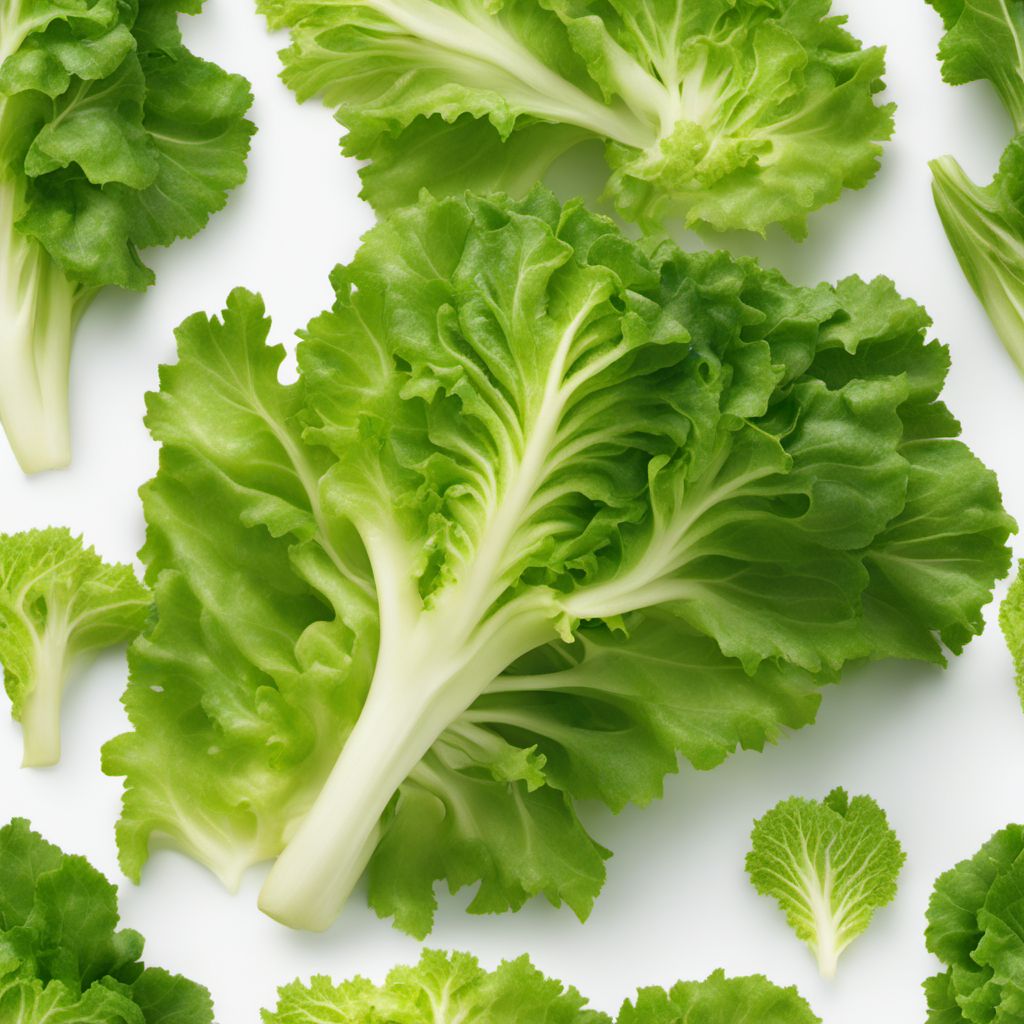
Ingredient
Romaines
The Crisp and Nutritious Green: Romaines Revealed
Romaines are characterized by their elongated, sturdy leaves that form a loose head. They have a crisp texture and a mild, slightly bitter taste. The leaves are typically dark green, with a slightly lighter shade towards the center. Romaines are known for their ability to hold dressings and sauces well, making them a popular choice for Caesar salads.
Origins and history
Romaine lettuce originated in the Mediterranean region, particularly in the area around the ancient city of Rome, hence its name. It has been cultivated for thousands of years and was highly valued by the ancient Greeks and Romans for its nutritional properties. Romaines were brought to the United States by European settlers in the 17th century.
Nutritional information
Romaines are low in calories and rich in essential nutrients such as vitamin A, vitamin K, folate, and fiber.
Allergens
Romaines are generally not associated with common allergens, but individuals with lettuce allergies should exercise caution.
How to select
When selecting romaines, look for heads that are firm and compact, with crisp leaves that show no signs of wilting or browning. Avoid those with slimy or discolored leaves.
Storage recommendations
To maintain freshness, store romaines in a plastic bag or airtight container in the refrigerator. They can stay fresh for up to a week.
How to produce
Romaines can be easily grown in home gardens or containers. They thrive in well-drained soil and require regular watering and ample sunlight.
Preparation tips
Before using romaines, remove any damaged or wilted outer leaves. Rinse the leaves thoroughly under cold water and pat them dry. Romaines can be used in salads, sandwiches, wraps, or even grilled for a smoky flavor.
Substitutions
If romaines are not available, you can substitute them with other leafy greens such as green leaf lettuce, butter lettuce, or spinach.
Culinary uses
Romaines are commonly used in salads, particularly Caesar salads, where their crispness and ability to hold dressings shine. They are also used in sandwiches, wraps, and as a bed for grilled meats or vegetables.
Availability
Romaines are widely available in grocery stores and supermarkets throughout the United States and other countries with a well-established produce market.
More ingredients from this category
Recipes using Romaines » Browse all
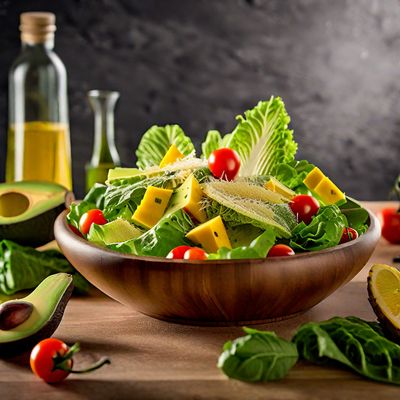
Brazilian Caesar Salad
Tropical Twist Caesar Salad
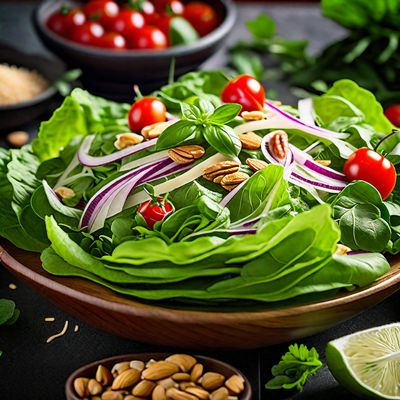
Thai-inspired Caesar Salad
Thai Caesar Salad: A Fusion of Flavors

Dutch-Inspired Caesar Salad
Tulip Caesar Salad: A Dutch Twist on a Classic American Dish
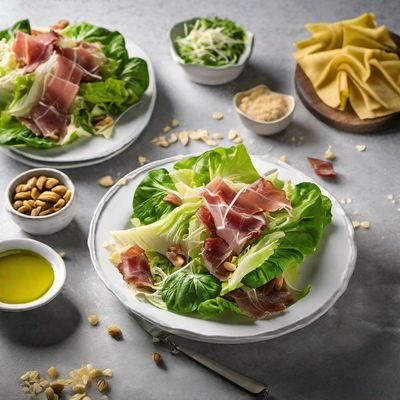
Haute Caesar Salad
Elevated Caesar Salad: A Haute Twist on a Classic

Nouvelle Caesar Salad
Elevated Caesar Salad: A Modern Twist on a Classic

Bosnian-Style Caesar Salad
Sarajevo Caesar Salad: A Bosnian Twist on a Classic

Japanese-Inspired Caesar Salad
Umami Caesar Salad with a Japanese Twist
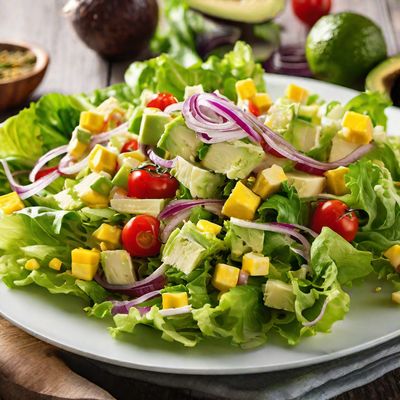
Cuban Caesar Salad
Tropical Twist Caesar Salad
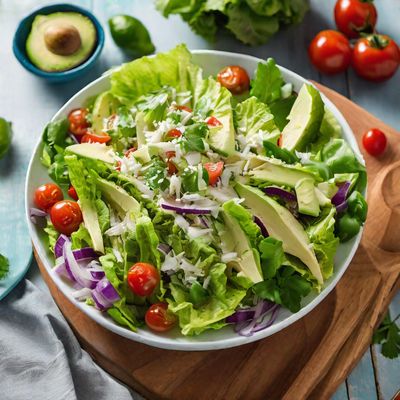
Latin American Caesar Salad
Salsa-infused Caesar Salad with Avocado Dressing

Spanish Caesar Salad
Ensalada César Española: A Spanish Twist on a Classic American Salad

Vegan Caesar Salad
Crisp and Creamy Vegan Caesar Salad: A Plant-Based Twist on a Classic
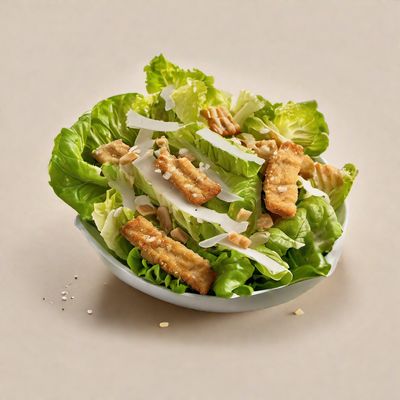
Fast Food Caesar Salad
Quick and Easy Caesar Salad: A Fast Food Twist



